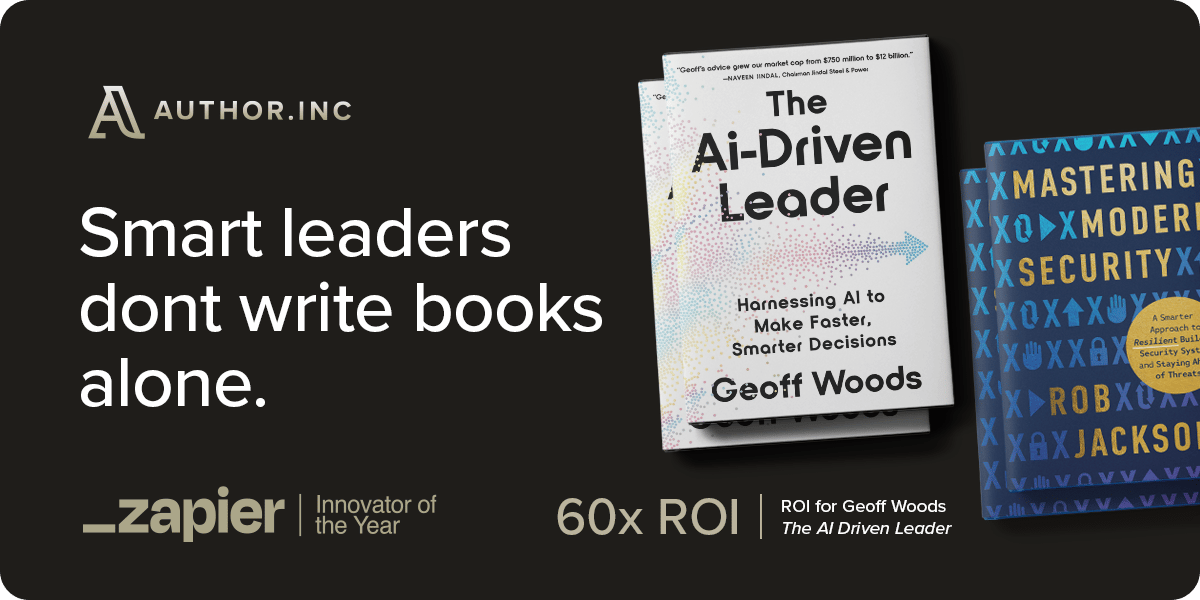
Table of Contents
Opening Salvo
Skills-based hiring is changing how organizations evaluate talent, but most are still catching up to what that really means.
Traditional hiring has long favored degrees, job titles, and tenure as signals of competence. Skills-based models shift the focus to what people can actually do, which sounds simple but is far more complex to implement.
I have watched employers claim to value skills while posting jobs that still require outdated credentials. This mismatch between intention and execution limits access to talent and undermines the promise of inclusion. Skills-based hiring requires intention and structure. It connects capability with opportunity in a way that strengthens both performance and access.
Getting it right requires structure, transparency, and consistency. It is not a shortcut to progress but a disciplined way to align potential with business need.
Practical Personas (with a tinge of hyperbole)
The Credential Keeper: Still lists degree requirements for roles where experience matters more. The result is a smaller, less diverse candidate pool.
The Title Chaser: Equates seniority with skill. Candidates who have built deep expertise in unconventional paths are overlooked.
The Skills Translator: Defines each role by measurable outcomes and core competencies. They evaluate based on proficiency, not pedigree.
Ask Yourself:
Are job postings clear about which skills are truly required?
Do assessments measure ability or simply mirror interview bias?
How are managers trained to evaluate skills without defaulting to familiarity?
When hiring prioritizes proof of skill over paper credentials, organizations expand their reach and strengthen long-term capability.
Smart leaders don’t write books alone.

You built your business with a team. Your book should be no different.
Author.Inc helps founders and executives turn their ideas into world-class books that build revenue, reputation, and reach.
Their team – the same people behind projects with Tim Ferriss and Codie Sanchez – knows how to turn your expertise into something that moves markets.
Schedule a complimentary 15-minute call with Author.Inc’s co-founder to map out your Book Blueprint to identify your audience, angles, and ROI.
Do this before you commit a cent, or sentence. If it’s a go, they’ll show you how to write and publish it at a world-class level.
If it’s a wait, you just avoided wasting time and money.
Did You See This?
The Hidden Cost of Constant Meetings
Stop Losing Hours to Low-Value Work
Most leaders lose 15 hours a week to the wrong tasks.
The Delegation Guide and Worksheet helps you take them back. BELAY makes it possible with remote staffing solutions: U.S.-based, flexible, and personally matched to fit your business.
Talent Management 101 (TM101)
Skills-Based Hiring: What It Means for Employers
Skills-based hiring focuses on verified ability rather than proxies such as degrees or prior job titles. It requires a shift in mindset, process, and measurement across every stage of recruitment and development.
Why It Matters:
Opens access to broader and more diverse talent pools
Reduces bias linked to traditional education or career pathways
Improves alignment between role expectations and actual capability
Strengthens internal mobility by recognizing transferable skills
What to Change and How:
Audit job descriptions: Remove degree requirements that are not essential
Map critical skills: Identify which competencies drive performance in each role
Use validated assessments: Replace intuition with structured evaluation tools
Track outcomes: Measure retention, performance, and diversity results under new hiring models
Organizations that adopt skills-based practices do more than fill roles. They build adaptable systems that evolve with the demands of their markets.
The Plug
This newsletter is brought to you by AstutEdge, a performance consultancy that helps organizations execute strategy by fixing misalignment in people, systems, and structure.
We work with leadership teams that want to turn strategic intent into measurable execution, by aligning operating rhythms, decision accountability, and leadership capacity with the metrics that matter most.
How We Help:
Expose Friction: Surface the hidden work, duplicate effort, and slow decision paths that quietly stall execution.
Realign Operating Rhythms: Redesign meeting and decision cadences so priorities move faster and accountability sticks.
Build Leadership Capacity: Strengthen how leaders make, communicate, and cascade decisions across teams.
Clarify Ownership: Define decision accountability to reduce noise, sharpen focus, and eliminate rework.
Engineer Performance Systems: Connect performance metrics to real outcomes, not paperwork.
Reinforce Organizational Health: Align people, systems, and structure so performance scales without burnout.
If your organization, or a partner organization, needs to move strategy from “planned” to “proven,” let’s talk.
Share this newsletter with leaders who feel the drag of misalignment, or visit astutedge.com to see how we help organizations execute faster, cleaner, and with greater impact.



